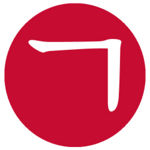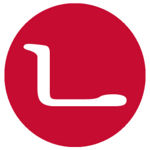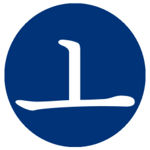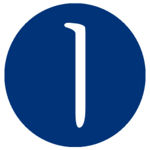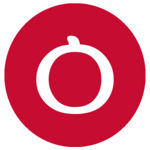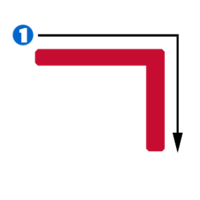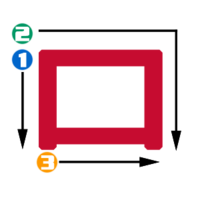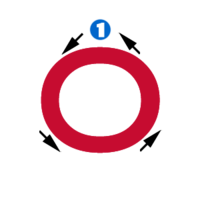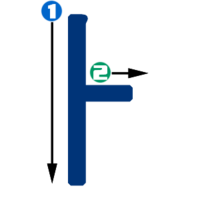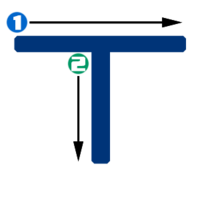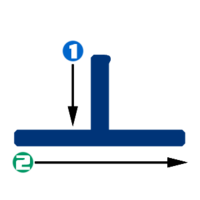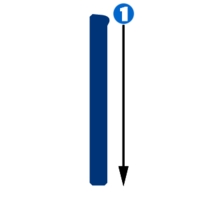Hangeul step 2
|
|
|
| Help · Cheat Sheet · Community portal |

|

|
Contents
Introduction
Since consonants can't be pronounced without the help of a vowel, we have decided to teach you the vowel first, then pair it with a consonant.
In this lesson, you will learn:
- Consonants: ㄱ, ㄴ, ㅁ, ㄷ, ㅇ
- Vowels: ㅏ, ㅜ, ㅗ, ㅣ
|
| ||||||||||
|
For full information about this letter, see ㅏ.
|
This is pronounced like a mix between a g and a k at the beginning of a word, however between vowels the sound is voiced and makes a /g/ sound. For full information about this letter, see ㄱ | ||||||||||
| Practice | 가 |
|---|
|
| ||||||||||
|
This sound makes "ooh" sound, similar to 'moon' or 'blue' or the U sound in Spanish (i.e. usted). For full information about this letter, see ㅜ.
|
This sound is the same as the N sound in English. For full information about this letter, see ㄴ. | ||||||||||
| Practice | 누 | |
|---|---|---|
| Practice | 나 | |
| Practice | 구 |
|
| ||||||||||
|
For full information about this letter, see ㅗ.
|
This sound is the same as the M sound in English. For full information about this letter, see ㅁ. | ||||||||||
| Practice | 모 | |
|---|---|---|
| Practice | 마 | |
| Practice | 무 | |
| Practice | 고 | |
| Practice | 노 |
|
| ||||||||||
|
This sound is similar to 'ee' sound in 'see' or 'free.' For full information about this letter, see ㅣ.
|
This is pronounced like a mix between a t and a d at the beginning of a word, however between vowels the sound is voiced and makes a /d/ sound. For full information about this letter, see ㄷ. | ||||||||||
| Practice | 디 | |
|---|---|---|
| Practice | 다 | |
| Practice | 두 | |
| Practice | 도 | |
| Practice | 기 | |
| Practice | 니 | |
| Practice | 미 |
| ||||
|
ㅇ gives off no sound in the initial position, instead it just simply acts as a placeholder since vowels can't be written by themselves. However, if ㅇ is in the final (bottom) position, it makes an "ng" sound, i.e. 'sing' or 'wrong' (IPA: ŋ ), but final position sounds won't be discussed until step 5 of this lesson. For now, just think of it as a placeholder for a consonant when only a vowel sound must be written. For full information about this letter, see ㅇ. | ||||
| Practice | 아 (replace with image) | |
|---|---|---|
| Practice | 우 (replace with image) | |
| Practice | 오 (replace with image) | |
| Practice | 이 (replace with image) |
Real Examples
| Word | Male voice | Female voice |
|---|---|---|
| 가구 (furniture) | ||
| 가나다 (Korean alphabet, i.e. abc) | ||
| 가다 (to go) | ||
| 가두다 (to lock in) | ||
| 고구마 (sweet potato) | ||
| 고기 (meat) | ||
| 고모 (father's sister) | ||
| 구두 (dress shoes) | ||
| 기도 (prayer) | ||
| 나가다 (go out) | ||
| 나누다 (to divide) | ||
| 나무 (tree) | ||
| 나오다 (to come out) | ||
| 나이 (age) | ||
| 누가 (who) | ||
| 누구 (who) | ||
| 누나 (older sister) | ||
| 다가가다 (approach to someone) | ||
| 다니다 (to go to, work, school etc) | ||
| 도구 (instrument,tool) | ||
| 마다 (every) | ||
| 마디 (joint, knot) | ||
| 모기 (mosquito) | ||
| 아기 (baby) | ||
| 아마도 (maybe,perhaps) | ||
| 아우 (man's younger brother-but not used anymore) | ||
| 아이 (child) | ||
| 오다 (to come) | ||
| 오이 (cucumber) | ||
| 이기다 (to win) | ||
| 이모 (mother's sister) |
Writing
Characters are written in a certain stroke order. Korean letters are written left to right, top to bottom.

|

|

